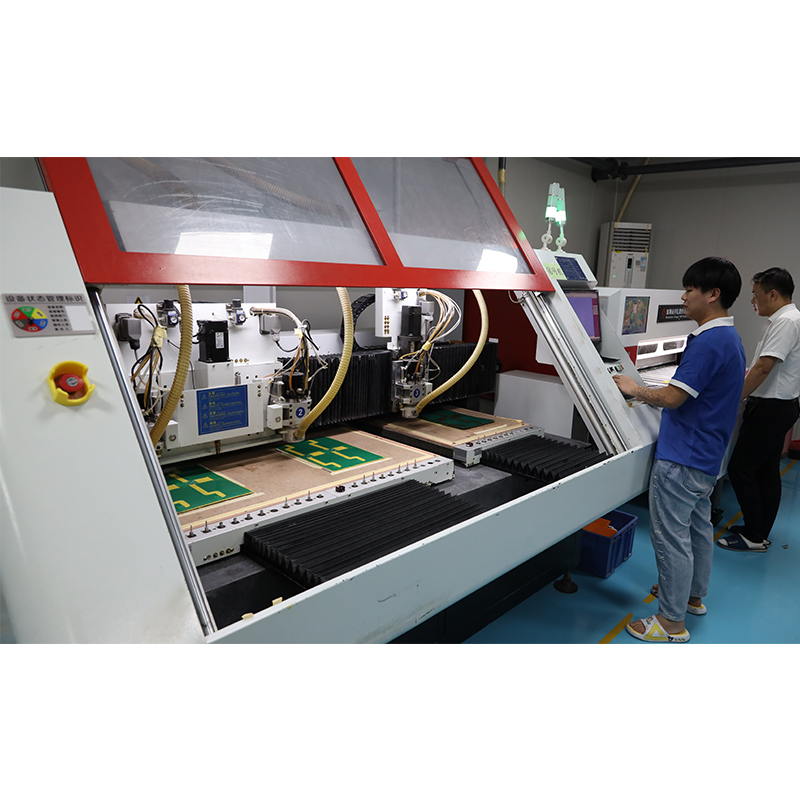In today’s fast-paced world, the development of new technologies is constantly changing the way we live, work and play. This technological advancement played an important role in the development of audio and video equipment. The circuit board is a critical component that is often overlooked but plays a key role in the functionality of these devices.
Circuit boards are the backbone of electronic devices, providing the necessary connections and paths for data and power transmission. As technology continues to advance, so does the need for more efficient and compact circuit board designs. This is where rigid-flex circuit boards come into play.
Rigid-flex circuit boards combine the advantages of rigid and flexible circuit boards. They consist of multiple layers of flexible circuits that are seamlessly integrated with rigid parts. This combination can create complex three-dimensional shapes that can be folded or curved, making them ideal for compact and space-constrained applications.
One area where rigid-flex circuit boards are gaining huge traction is in the design and manufacturing of audio and video equipment. These devices require reliable circuitry that can withstand frequent movement, vibration, and even temperature changes. Rigid-flex circuit boards offer unparalleled durability and are ideally suited for these demanding applications.
In the field of audio equipment, rigid-flex circuit boards are often used to create high-performance speakers. These circuit boards provide the necessary connections and paths for audio signals to travel from the amplifier to the various speaker components. Their flexibility allows easy integration into different speaker designs, while their rigid sections ensure optimal signal integrity and reliability.
Video equipment, on the other hand, benefits from the compactness and flexibility of rigid-flex circuit boards. From cameras to displays, these devices often require complex and space-saving designs. Rigid-flex circuit boards enable manufacturers to create compact, lightweight video equipment without compromising functionality or performance.
A good example of the application of rigid-flex circuit boards in video equipment is the development of flexible LED displays. These displays require a high degree of flexibility to conform to curved surfaces, but they also need to maintain a rigid structure to ensure precise pixel alignment. Rigid-flex circuit boards provide the ideal solution, providing the necessary flexibility while maintaining the stability required for precise pixel control.
In addition, rigid-flex circuit boards can also help improve the overall performance and user experience of audio and video equipment. Its unique design allows for better signal transmission, reduced signal loss and improved thermal management. This improves audio and visual quality, giving users a more immersive and engaging experience.
However, despite its numerous advantages, using rigid-flex circuit boards in audio and video equipment does present some challenges. The manufacturing process for these boards is more complex and requires specialized equipment and expertise. This can result in higher production costs and longer lead times compared to traditional circuit board manufacturing.
Additionally, design considerations for rigid-flex circuit boards can be more complex than for rigid or flex circuit boards alone. Factors such as bend radius, material selection and component placement need to be carefully considered to ensure correct functionality and reliability.
In short, the question “Can rigid-flex circuit boards be used in audio and video equipment?” is answered. is a resounding yes. These boards offer a wide range of benefits, including durability, compactness, flexibility and improved performance. As technology continues to advance, the use of rigid-flex circuit boards in audio and video equipment is only expected to continue to grow. However, the manufacturing complexities and design challenges associated with these boards must be considered to ensure successful implementation.
Post time: Oct-09-2023
Back







